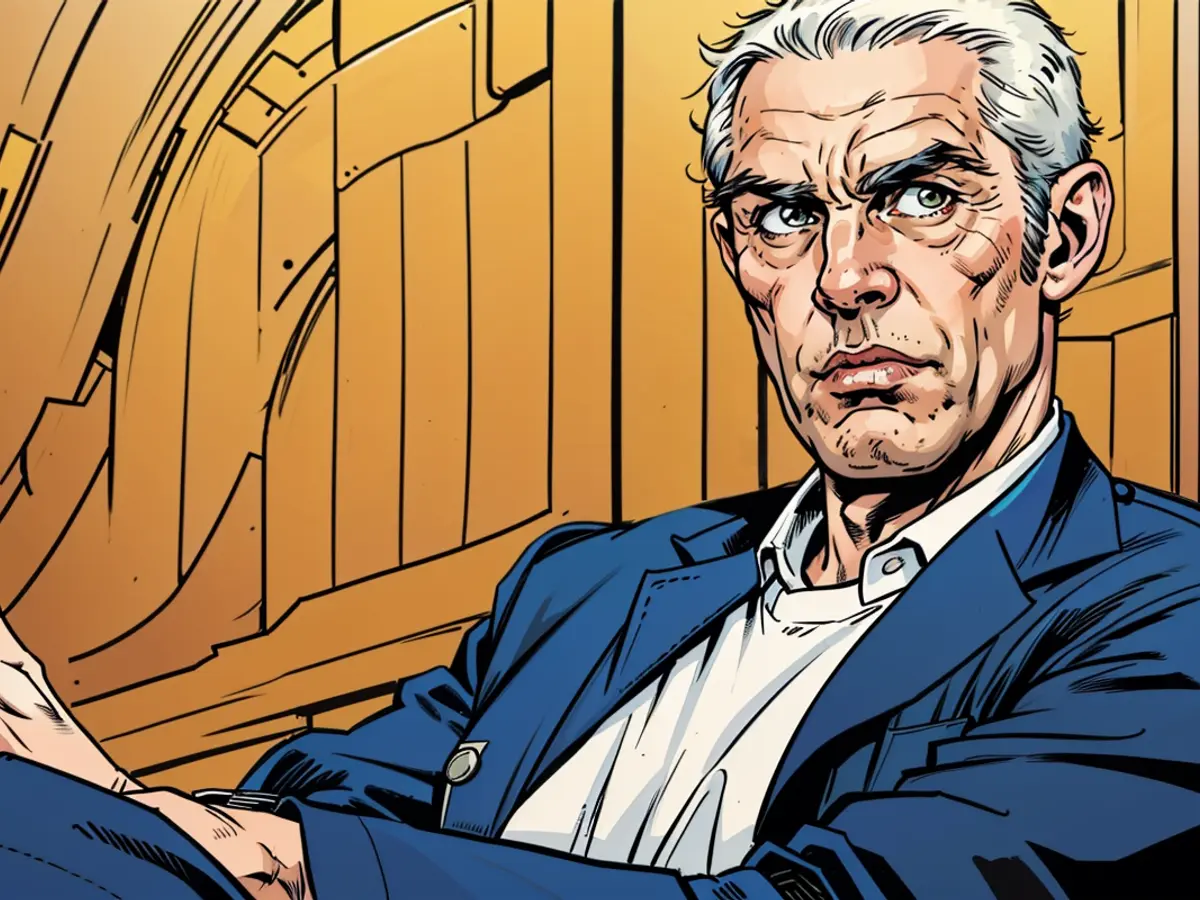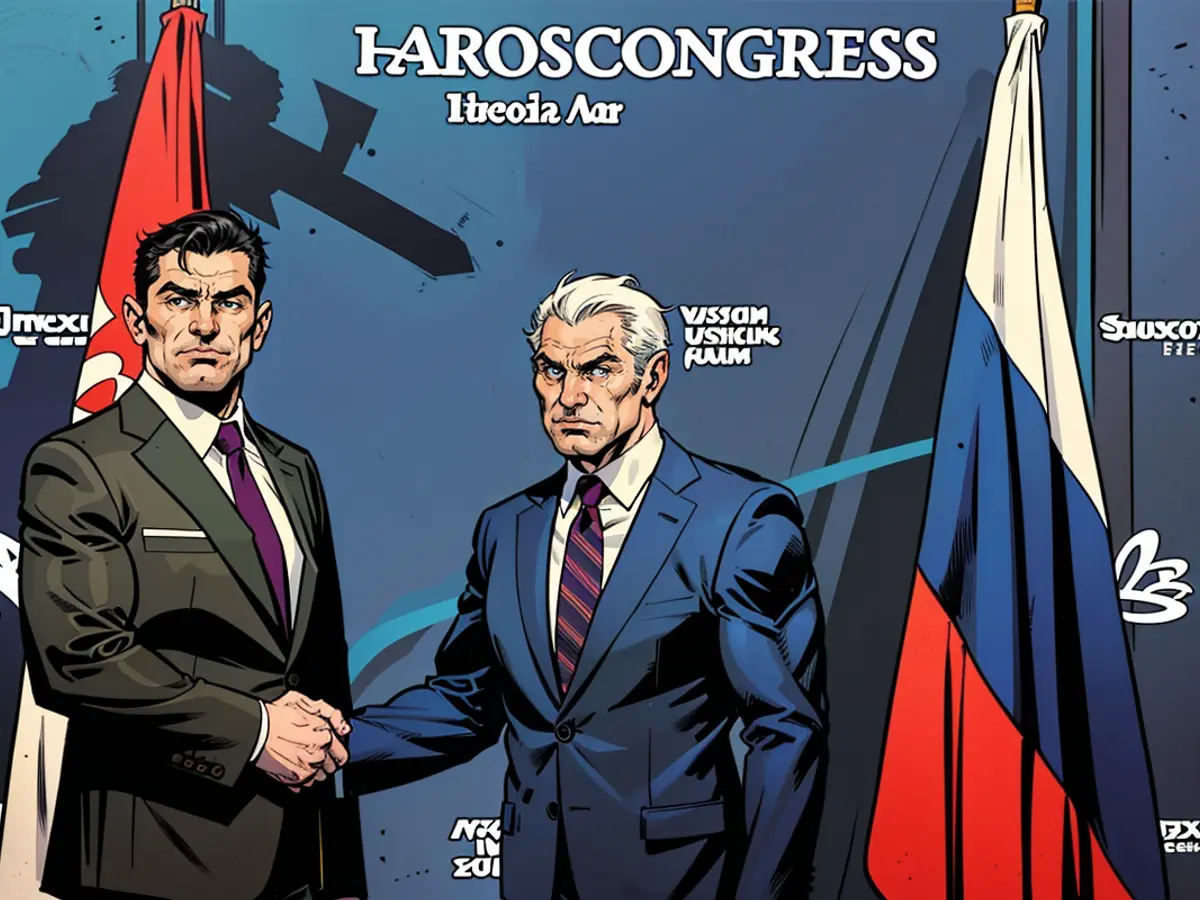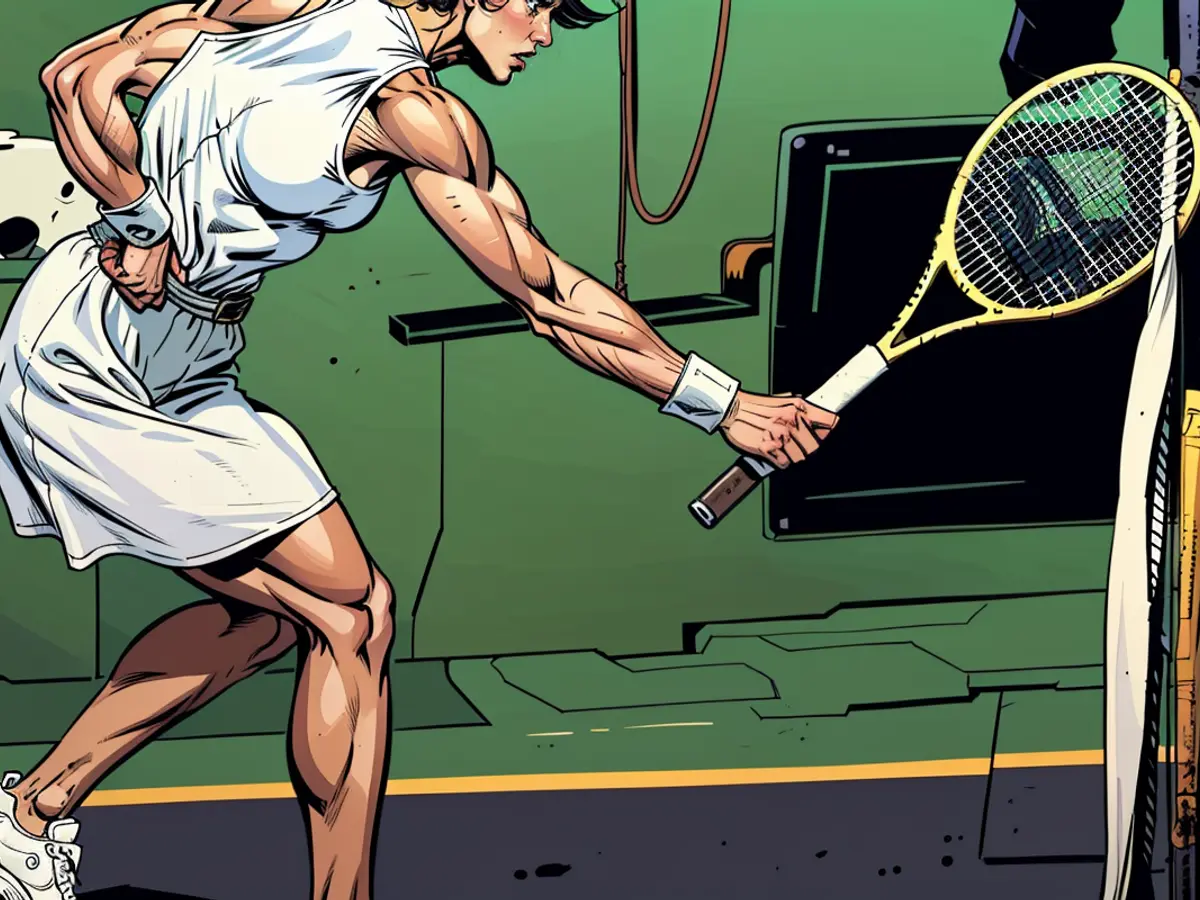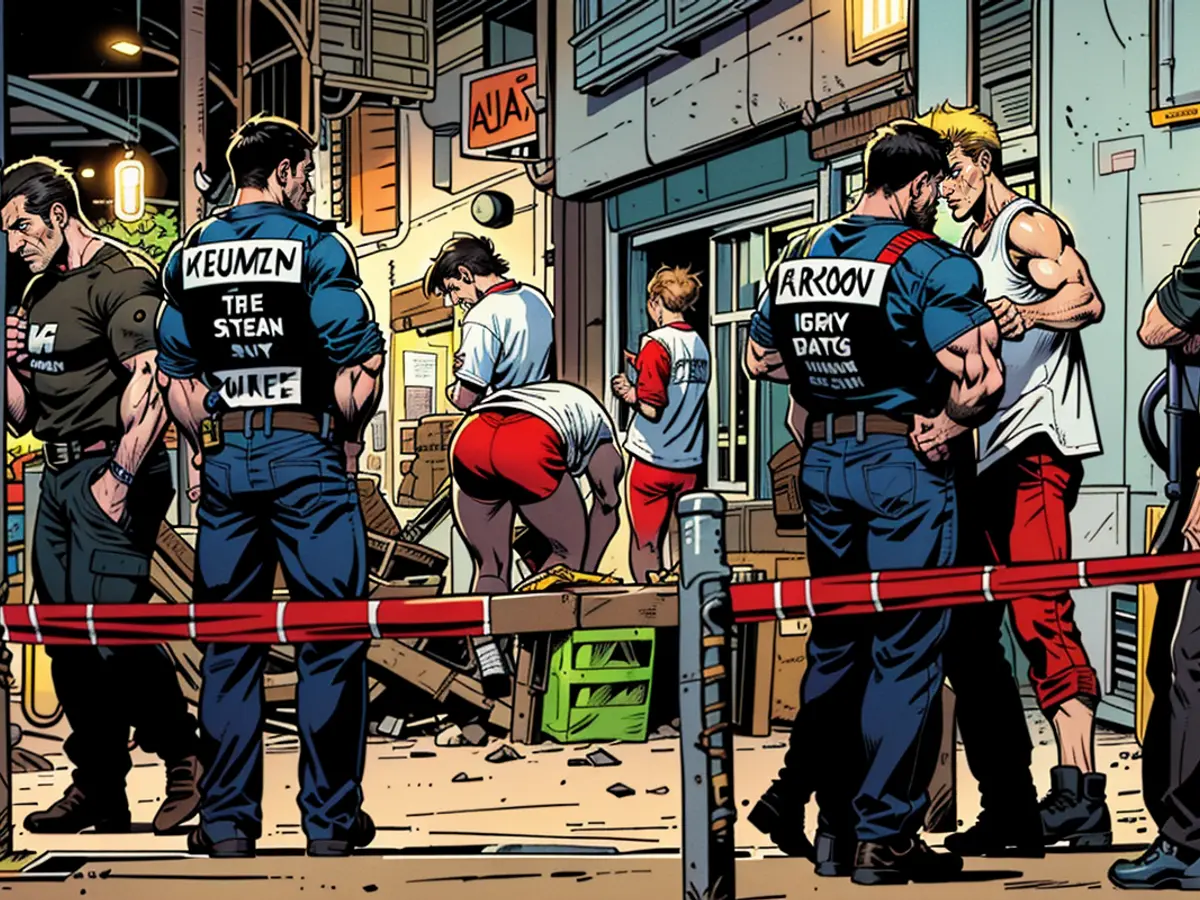- Due to certain circumstances, Putin finds it challenging to forcefully evict the Ukrainians residing within Russian borders. (Kursk <unk>)
Around three weeks ago, Ukraine launched a covert assault towards Kursk, catching the Russians off guard. Small special forces units infiltrated deep into Russian territory, leading the way for conventional troops.
The Russian authorities underestimated or misinterpreted Ukraine's offensive preparations. Furthermore, the region was underdeveloped in terms of fortifications. Inexperienced conscripts struggled to repel the Ukrainians, and the few combat-ready Russian forces were outmaneuvered due to a lack of interconnected defensive structures, unlike in the Donbass. Three weeks later, the Russians were still unable to halt the Ukrainian advance completely, but they were able to delay it, making it challenging for the Ukrainians to push further into the nation.
Kursk breakthrough may expand
However, Ukraine's arsenal is not depleted yet. It appears that additional brigades are still stationed in the region, ready to join the fray. At present, the Ukrainian advance resembles a hand or a clover, encroaching on the settlements of Komarovka, Korenewo, Ol’govka, Semenovka, Malaya Loknya, and Martynovka. It could also expand towards the west. There, the Ukrainians have successfully damaged the bridges over the Seym River and attacked the Russian troops' pontoon bridges, thereby significantly hampering the Russian forces' supply lines between the river and the Ukrainian border. If the Ukrainians manage to capture this zone, their controlled area will expand significantly, and the river will serve as a natural defense line.
Counteroffensive requires planning
What has Russia done so far? On the ground, they have dispatched individual battalions to block major roads in settlements and launched counterattacks. However, the Russians have yet to establish a continuous defense. Instead, they have deployed mobile hunter units, making it risky for the Ukrainians to bypass Russian positions and advance, for instance, through forest paths. These convoys can be targeted by Russian commandos.
In essence, the Russians have insufficient troops in the region for defense, let alone a large-scale counterattack. There is also a deficit of heavy weaponry such as tanks and armored vehicles. The Russian firepower in the region is provided by drone units that can be quickly deployed and the liberal use of long-range Iskander missiles. This will not suffice to dislodge the Ukrainians from their salient. Militarily, a recapture is not advisable, but for political reasons, the Kremlin is unlikely to tolerate the Ukrainians permanently occupying Russian territory.
The Russian offensive in the Donbass is progressing without high-risk maneuvers, with the Russians operating slowly but methodically. However, such an approach in the Kursk region requires extensive planning. Numerically superior troops with tanks and artillery must be deployed in the region, and protected positions and fortifications must be constructed for them. The entire logistics of a large-scale offensive must be set up, from maintenance workshops, medical facilities to ammunition depots. Simultaneously, the Ukrainians will use the time to fortify the captured areas with their own positions. This will result in it taking months, even if the Russians are successful, to actually recapture the area.
Brutal fighting in Kursk
Until then, both sides are aiming to inflict heavy casualties on each other. The Russians face the challenge of having to transport their troops and equipment via a limited number of routes, making them vulnerable to attack. The Ukrainians' issue is that their advance bulge is being targeted by the Russians with long-range weapons and deadly glide bombs. The Russians' primary goal is to eliminate the valuable multiple rocket launchers and air defense systems that Kyiv has deployed at the Kursk front. Kyiv's hope is that its allies will permit deep strikes into Russian territory, allowing them to attack Russian airports and supply hubs, thereby weakening Russian power significantly.
Putin's Retaliation
Putin's strategy diverges from this. Although he needs ample time to prepare for Kursk, he is not idle in the east. Russia hopes that Ukrainian resistance will gradually weaken, allowing their own forces to seize key positions and cities. Should their forces be successful, Kyiv may be compelled to abandon the Kursk operation to strengthen its positions in the east. To achieve this, Putin's ally Belarus has deployed troops to the border with Ukraine, forcing Kyiv to station its own troops in response.
Putin's anticipated retaliation strike occurred on Monday, August 26. Russia launched a massive attack using rockets, cruise missiles, and drones, targeting Ukraine nationwide. The primary objective was the nation's energy infrastructure. It is also suspected that the airport housing the F-16 fighter jets was targeted. Equally concerning is the reported attack on the dam of the "Kiev Sea", a massive reservoir twice the size of Lake Constance. The following days will reveal whether this was a one-time display of force or if Moscow can sustain the strategic air offensive against Ukrainian infrastructure at this intensity.
The European Union expresses concern over Russia's aggressive actions towards Ukraine, particularly in the Kursk region. They urge for a peaceful resolution and compliance with international law.
Given the ongoing conflict in Kursk, the European Union considers imposing sanctions on specific Russian entities involved in military activities, as a demonstration of solidarity with Ukraine.








